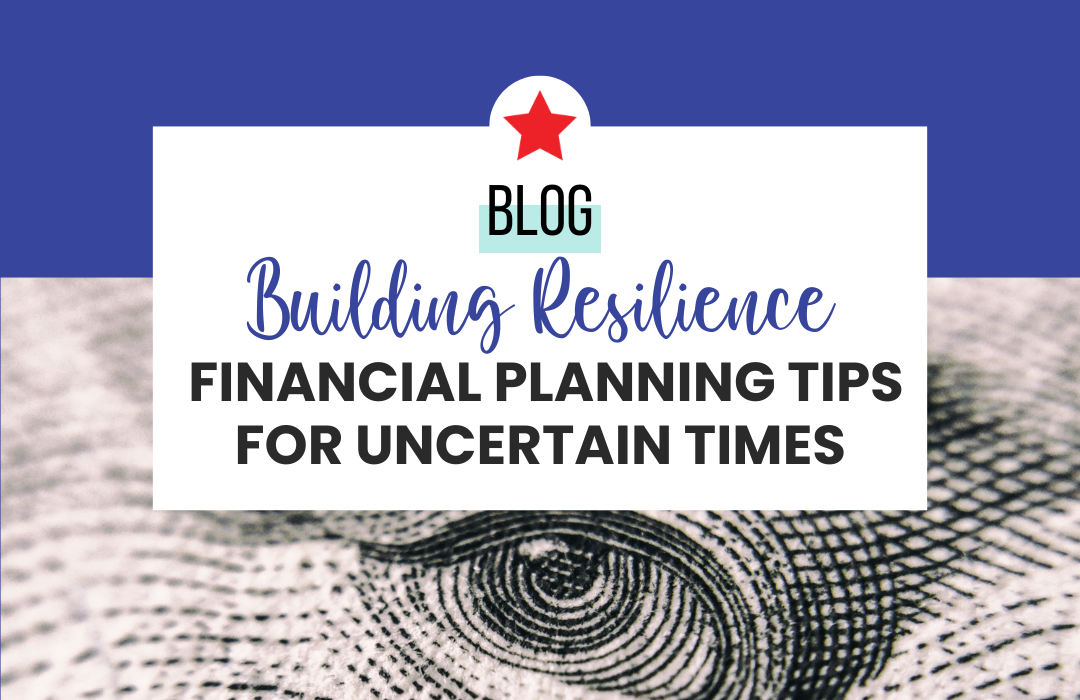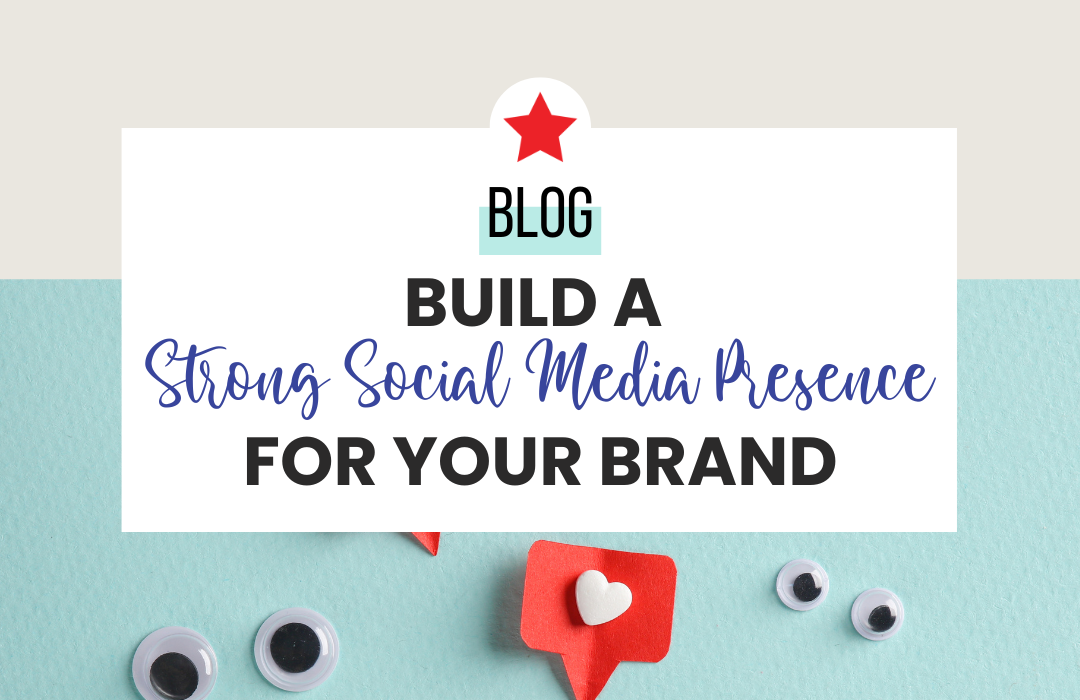[et_pb_section fb_built=”1″ _builder_version=”3.22″ custom_padding=”0px|||||”][et_pb_row _builder_version=”3.25″ background_size=”initial” background_position=”top_left” background_repeat=”repeat”][et_pb_column type=”4_4″ _builder_version=”3.25″ custom_padding=”|||” custom_padding__hover=”|||”][et_pb_text _builder_version=”4.6.6″ background_size=”initial” background_position=”top_left” background_repeat=”repeat” custom_padding=”||6px|||”]
Today we are going to talk about the Client Love Journey, as we like to call it here at Spark. This covers the journey on how a client goes from a lead, or a prospect, to becoming a client. And then what happens before and after that – the “courting stage” and “happily ever after”.
This may seem like a no-brainer, but with all the businesses we work with, there are many that don’t actually have a plan, or documented journey, for this important aspect. Developing Client Love Journeys are not only one of the most fun parts of your business, they could possibly be the most important thing that we do for our businesses.
Why We Started Our Client Love Journey
After reading Never Lose a Customer Again by Joey Coleman (a great, great book), I was so inspired to develop a solid plan for our clients that made them feel heard, attended to, and cared for, beyond the service/financial exchange. In the book, Joey walks you through the first 100 days of attending to a client – it actually says on the book cover ‘turn any sale into lifelong loyalty in 100 days’. So we started with that and tweaked it to suit our clients, who we want to keep forever! That is, we’d love for our clients to stay with us as long as their business stays ‘alive’. And then there are other businesses who may have a very quick transaction with their customer-base and there is still a journey for each and every one of them.
[/et_pb_text][/et_pb_column][/et_pb_row][et_pb_row _builder_version=”4.6.6″ _module_preset=”default”][et_pb_column type=”4_4″ _builder_version=”4.6.6″ _module_preset=”default”][et_pb_divider divider_weight=”7px” _builder_version=”4.6.6″ _module_preset=”default” width=”71%” module_alignment=”center”][/et_pb_divider][/et_pb_column][/et_pb_row][et_pb_row _builder_version=”4.6.6″ _module_preset=”default”][et_pb_column type=”4_4″ _builder_version=”4.6.6″ _module_preset=”default”][et_pb_text _builder_version=”4.6.6″ _module_preset=”default”]
Pre-Game: Courting the Lead/Prospect
So, just to quickly talk about our client journey, and you don’t really see this externally, but we’ve mapped our client journey out for the first 90ish days and then it goes 6 months, then annual after that. Our journey starts with a lead, or prospect that comes into view. We start with a system that goes on from an initial “Deep Dive”call to the follow up emails, all the while detailing how the call is made and how many follow ups we do before we become annoying.
Day 1 – 30
And then we go to Day 1 which is when they sign the agreement. There are different touch points from being in contact with their Lead and assistant – their “Team”, to getting the account set up, to sending them a little gift saying “hey, we appreciate you”. So a lot of little things and touch-points happen in the first 30 days – hopefully before “buyer’s remorse” sets in as it naturally occurs.
Days 30 on…
Then we have another touch point at 60 days, and then again at 90 days. And this brings us to the 100 day mark where we’ve been in contact for the services themselves, and then with little gifts, online/social media promotions, and/or e-mails of gratitude. We also have things that go on every single year that are extra special, other than the fantastic work that we do for our clients. So that’s our client journey – we’re always looking at it, revisiting it, and changing it up a little bit to spice things up and keep it great.
[/et_pb_text][et_pb_text _builder_version=”4.6.6″ _module_preset=”default”]
Example – A Restaurant Business
For another type of business, an easy example would be a restaurant. Honestly it shocks me how many restaurants do not capture information from the customers that come into their establishment. This is a no brainer, whether you do it digitally or you do the old fashioned “comment card” that goes in the check presenter on the table. Here’s some information that you could use for your marketing:
- E-mail addresses
- If they’re willing to give a phone number, great! Not many people are and that’s fine.
- A home mailing address – I know, seems old school but actually stands out right now
- Their birth month and day
- An anniversary month and day
- Their favorite item on the menu
- Their favorite drink
- Their favorite kind of wine
- Their favorite dessert
- Their “wish list” menu item
There are so many different fun things that you can add, and then you can market to that person with this great knowledge. I owned and operated a restaurant a few years ago and I started doing this – it was just such an easy way to fill seats on the slow nights because I had this wealth of knowledge of my customer base and I was able to market to their likes, holidays, birthdays and anniversaries. Not difficult, not expensive, but very effective.
[/et_pb_text][/et_pb_column][/et_pb_row][et_pb_row _builder_version=”4.6.6″ _module_preset=”default”][et_pb_column type=”4_4″ _builder_version=”4.6.6″ _module_preset=”default”][et_pb_divider divider_weight=”7px” _builder_version=”4.6.6″ _module_preset=”default” width=”71%” module_alignment=”center”][/et_pb_divider][/et_pb_column][/et_pb_row][et_pb_row _builder_version=”4.6.6″ _module_preset=”default”][et_pb_column type=”4_4″ _builder_version=”4.6.6″ _module_preset=”default”][et_pb_image src=”https://sparkbusinessconsulting.com/wp-content/uploads/2021/04/FB-Quote-White-1.png” alt=”Pin – Client love journey” title_text=”FB Quote-White ” _builder_version=”4.6.6″ _module_preset=”default” width=”46%” max_width=”83%” module_alignment=”center”][/et_pb_image][et_pb_text _builder_version=”4.6.6″ _module_preset=”default”]
Example – A Retail Store
For a retail store you can do a similar thing – you just need to document what experience you want your customer to have. This is from the moment they walk in the door to your store (or arrive at your website), to what it looks, feels, sounds and smells like to them. And when they’re in the store, how do they interact with the staff?… and If they do buy, what happens there? And what happens after the sale? What happens if they don’t buy? Having this documented is absolutely key in any business.
Create Your Own Client Love Journey!
As long as you have customers, there’s a journey there. And you can make that extra special! And why wouldn’t you want to? I highly recommend the book I mentioned above on helping you determine your own customer journey if you haven’t started one yet.
Also, if you’re looking for some guided assistance creating this amazing journey, the guys & girls over at Sixth Division have this sh*t down to a science and created a program to walk you through and develop it with their genius help.
Your Client Love Journey is SO important – I can say this from being in and out of almost 200 businesses (my clients) every single month. Watching this process with our clients, we’ve noticed how it’s a great way to separate you from all the others. So if you want more information about the Spark Client Love Journey, stay tuned for our upcoming Client Love Journey Template!
[/et_pb_text][/et_pb_column][/et_pb_row][et_pb_row _builder_version=”4.6.6″ _module_preset=”default”][et_pb_column type=”4_4″ _builder_version=”4.6.6″ _module_preset=”default”][et_pb_code _builder_version=”4.6.6″ _module_preset=”default”]
[/et_pb_code][/et_pb_column][/et_pb_row][et_pb_row _builder_version=”4.6.6″ _module_preset=”default”][et_pb_column type=”4_4″ _builder_version=”4.6.6″ _module_preset=”default”][et_pb_post_slider include_categories=”23″ use_manual_excerpt=”off” _builder_version=”4.6.6″ _module_preset=”default”][/et_pb_post_slider][/et_pb_column][/et_pb_row][et_pb_row column_structure=”1_2,1_2″ _builder_version=”4.6.6″ _module_preset=”default”][et_pb_column type=”1_2″ _builder_version=”4.6.6″ _module_preset=”default”][et_pb_image src=”https://sparkbusinessconsulting.com/wp-content/uploads/2021/04/PIN-Blog-4.png” alt=”PIN – client love journey” title_text=”PIN – Blog #4″ _builder_version=”4.6.6″ _module_preset=”default”][/et_pb_image][/et_pb_column][et_pb_column type=”1_2″ _builder_version=”4.6.6″ _module_preset=”default”][et_pb_image src=”https://sparkbusinessconsulting.com/wp-content/uploads/2021/04/Copy-of-FB-Quote-White.png” alt=”PIN – Maya Angelou” title_text=”PIN Quote-White” _builder_version=”4.6.6″ _module_preset=”default”][/et_pb_image][/et_pb_column][/et_pb_row][/et_pb_section]









